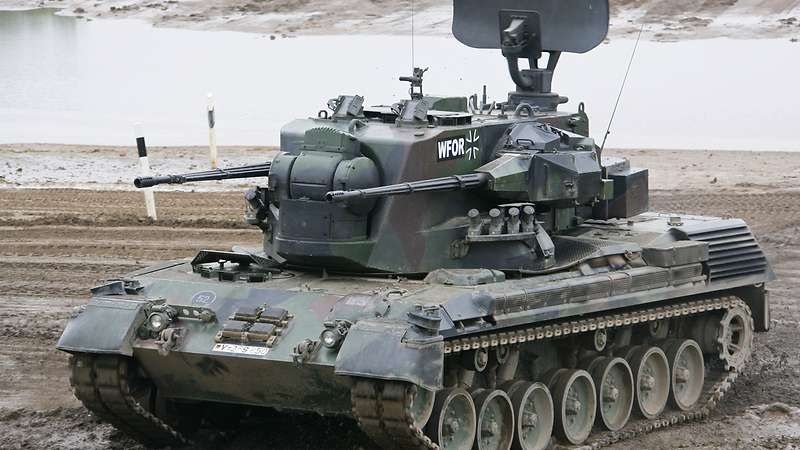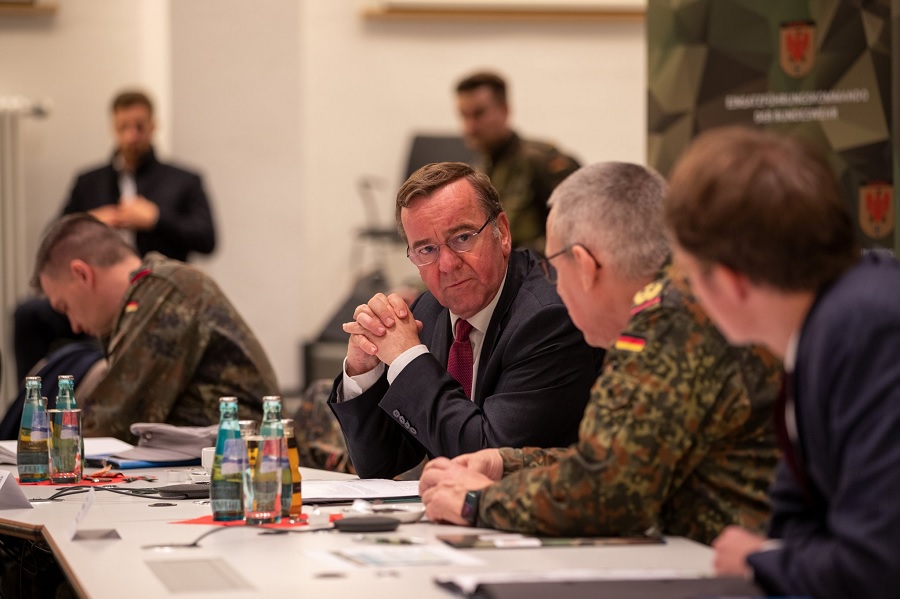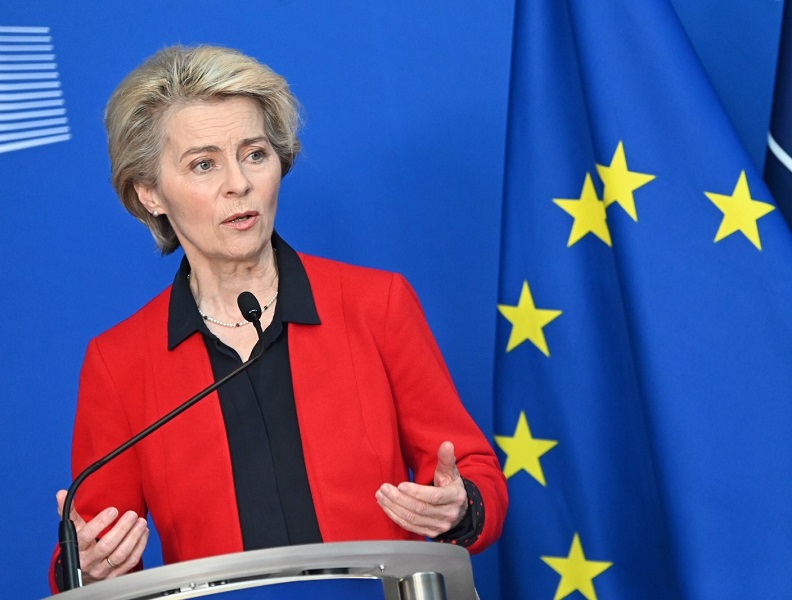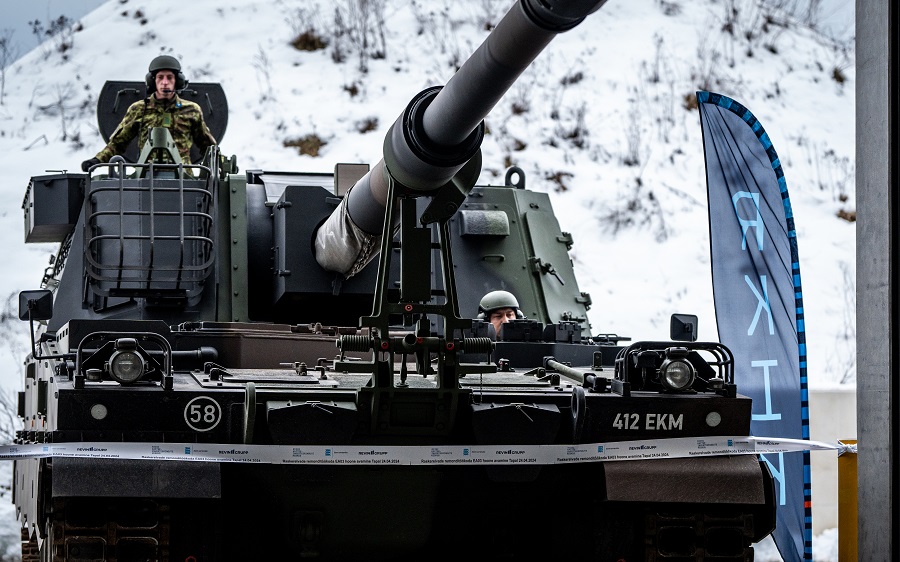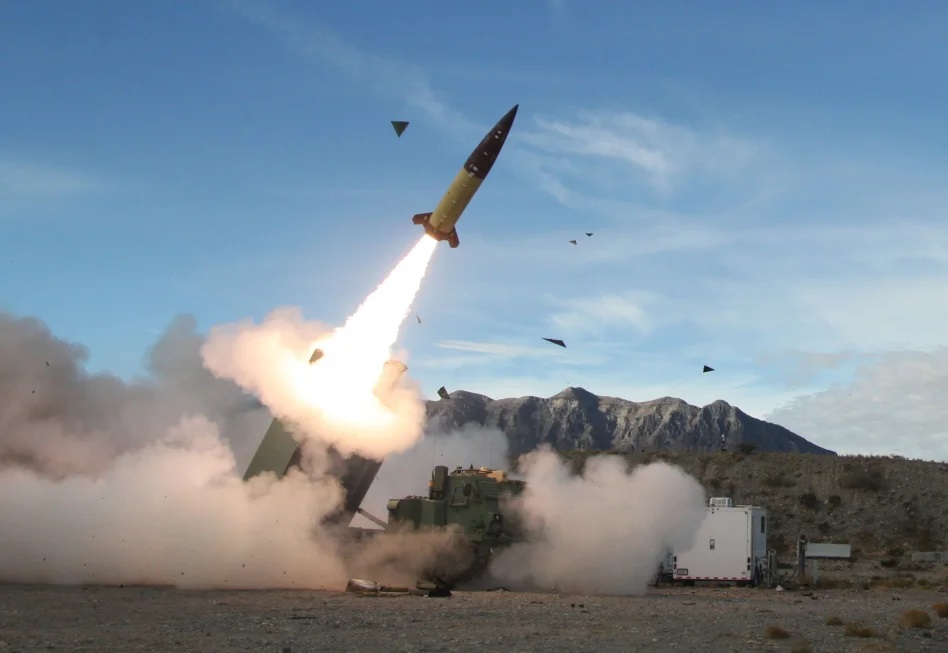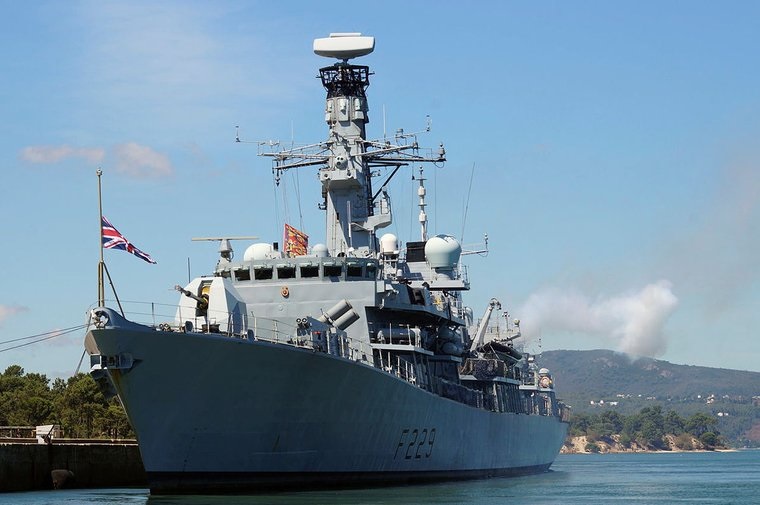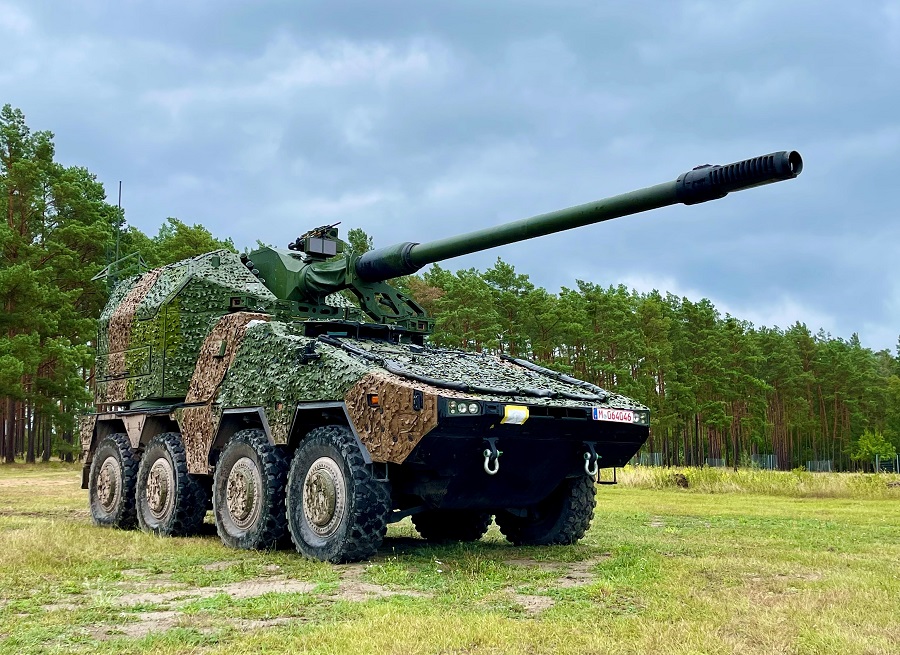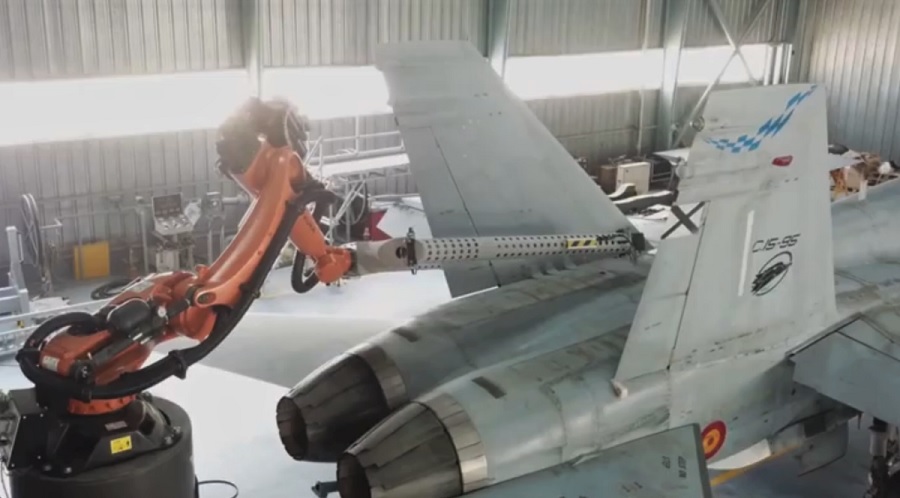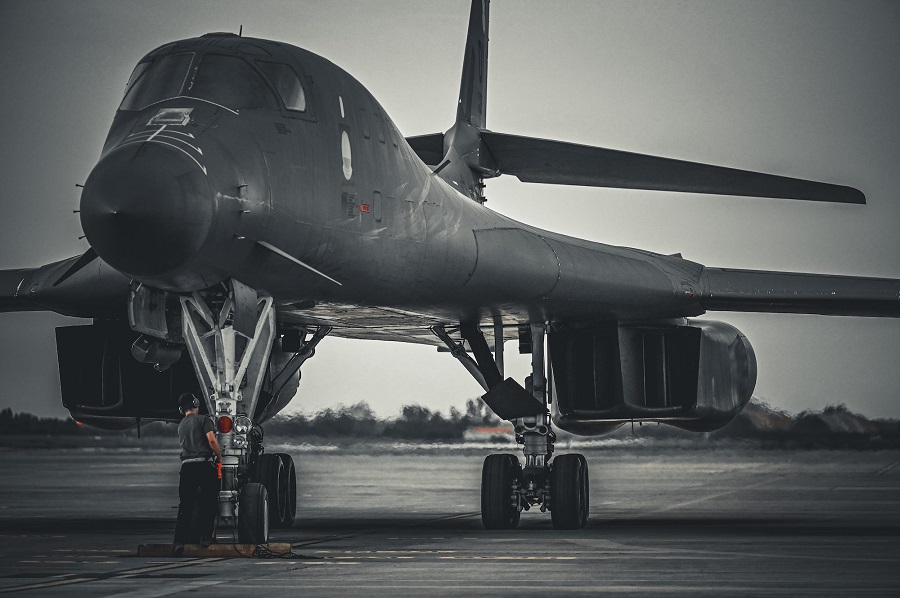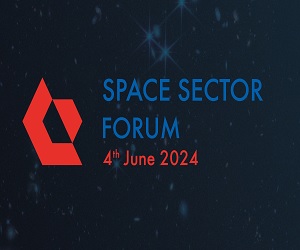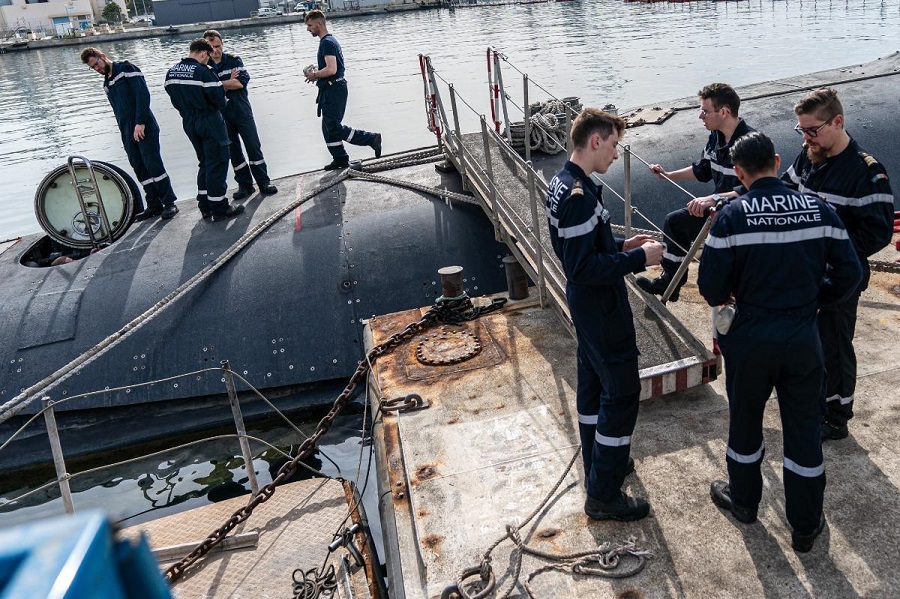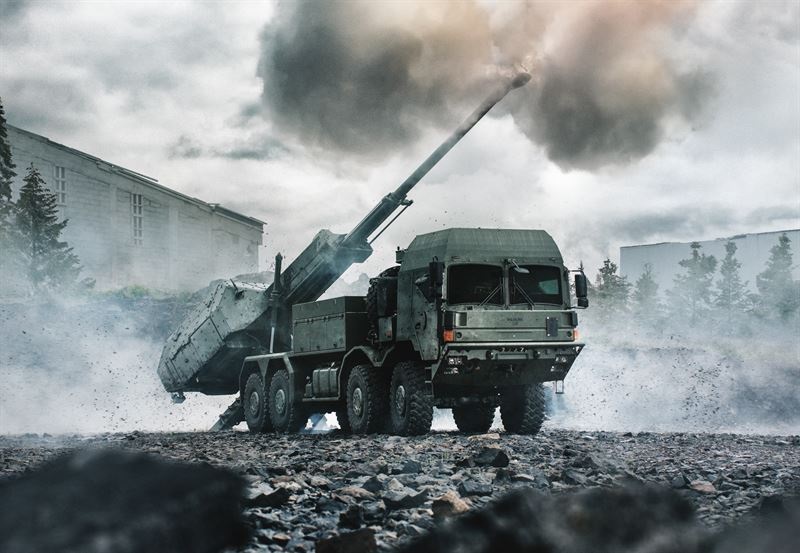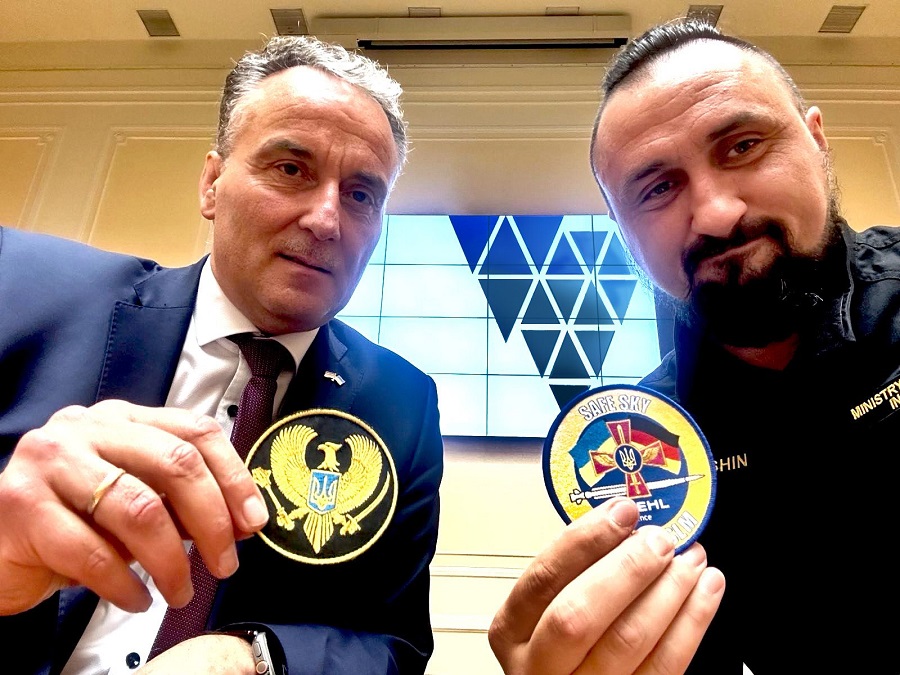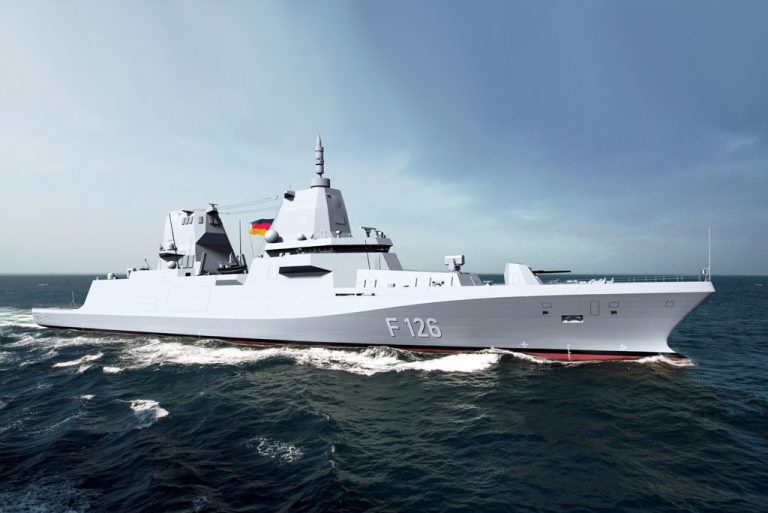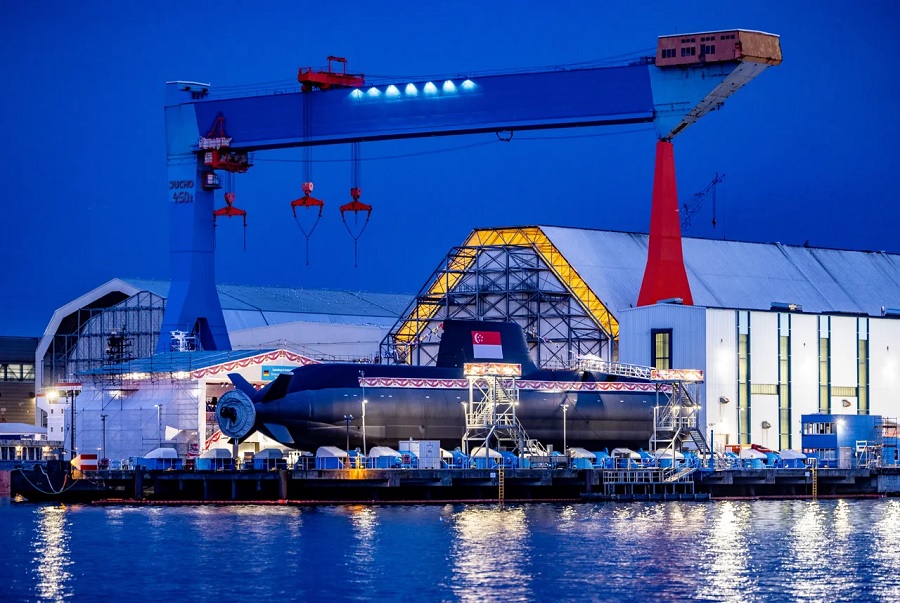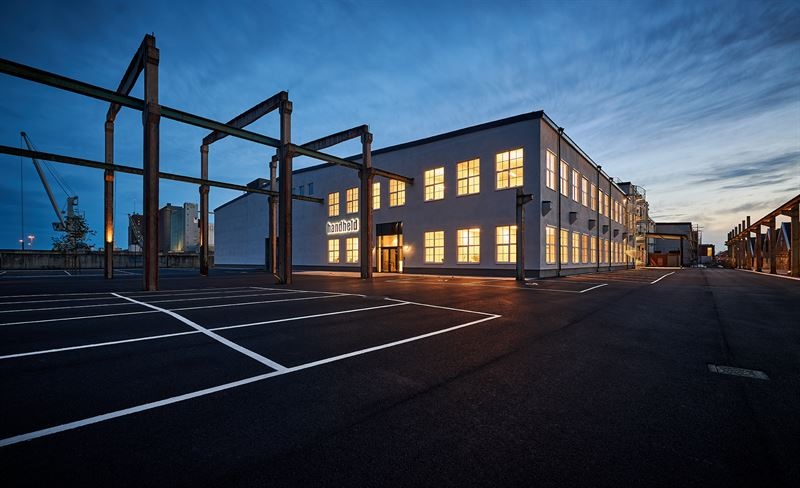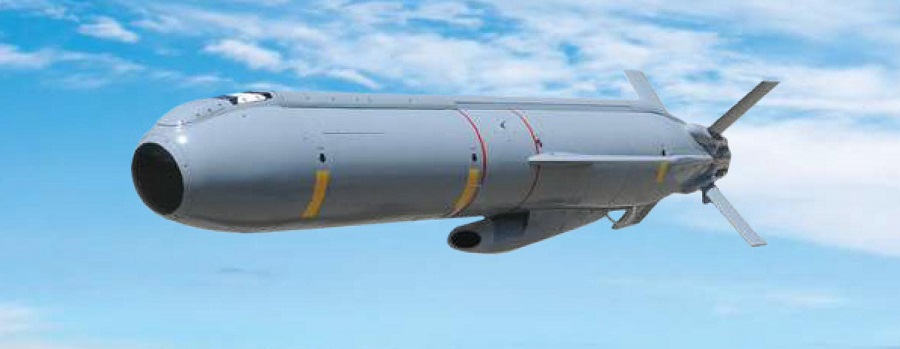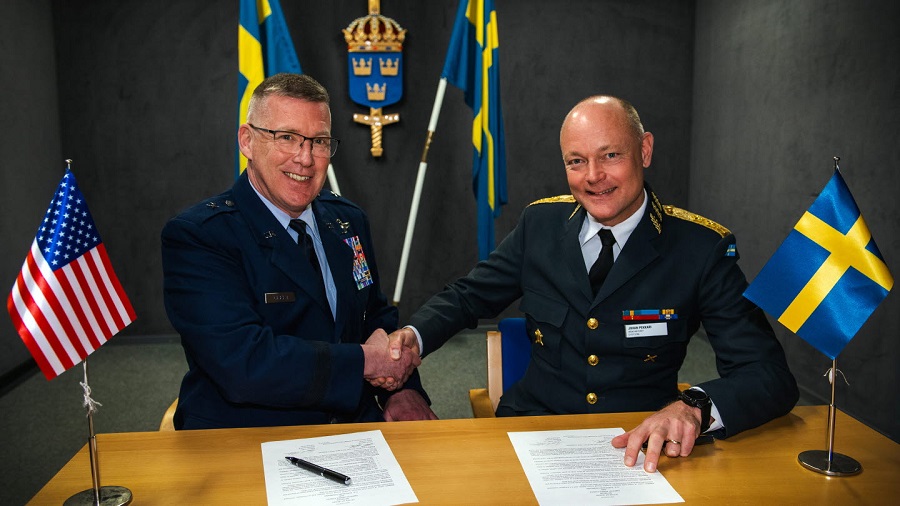Defence ministers took decisions to further strengthen the deterrence and defence of the Alliance, which included approving new guidance for NATO defence planning. “This reflects the reality that we live in a more dangerous world. With Russia’s aggressive behaviour, the persistent threat of terrorism, and the challenges posed by China. It will drive the capability changes for the years to come. And ensure that our deterrence and defence remain strong and credible ” said Stoltenberg. Ministers also addressed ways to boost industrial capacity and replenish stockpiles of armaments and munitions, which are in greater demand than ever, given Allies’ unprecedented support to Ukraine. Allies agree on the need to work hand-in-hand with the defence industry to ramp up industrial capacity, and are already reviewing NATO capability targets for munition stockpiles.
Building on the measures to protect critical undersea infrastructure, Stoltenberg announced the establishment of a Critical Undersea Infrastructure Coordination Cell at NATO Headquarters. “It will facilitate engagement with industry and bring key military and civilian stakeholders together” he said. Ministers also discussed the importance of investing more in defence and how to build on the defence investment pledge, and the future commitments beyond 2024.
On Tuesday, Allies met with Ukrainian Defence Minister Oleksii Reznikov to discuss the situation on the ground and Ukraine’s most urgent military needs. Highlighting Ukraine’s window of opportunity to tip the balance of the war, Mr Stoltenberg welcomed the pledges of support made by NATO Allies to Ukraine, including more heavy weapons and military training. He also thanked Allies for their significant contributions to NATO’s Comprehensive Assistance Package, which is providing Ukraine with food, fuel, medical supplies counter-drone equipment and amphibious bridges. Ministers also agreed to step up support to other partners at risk, Bosnia and Herzogovina, Georgia and Moldova.




